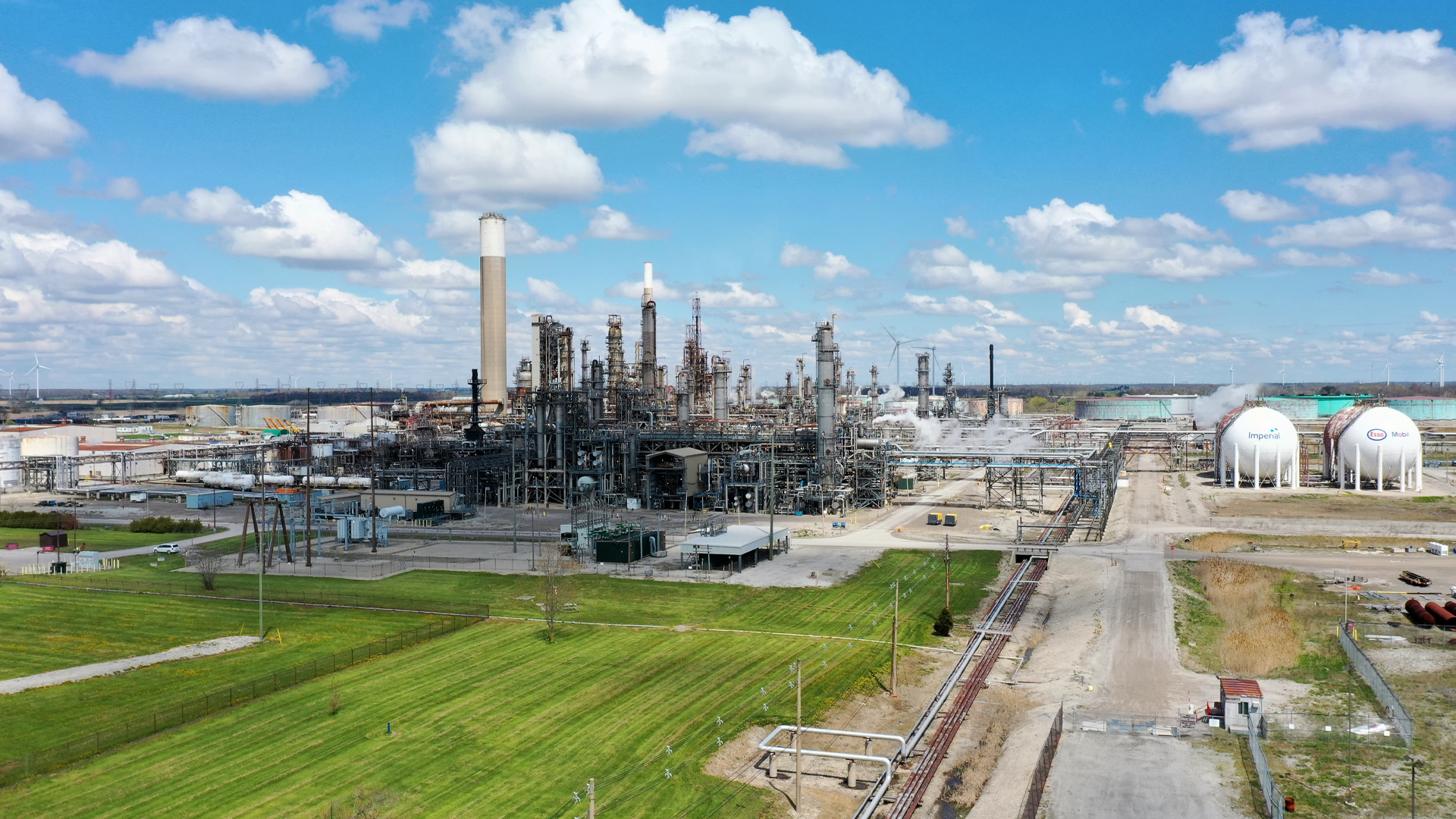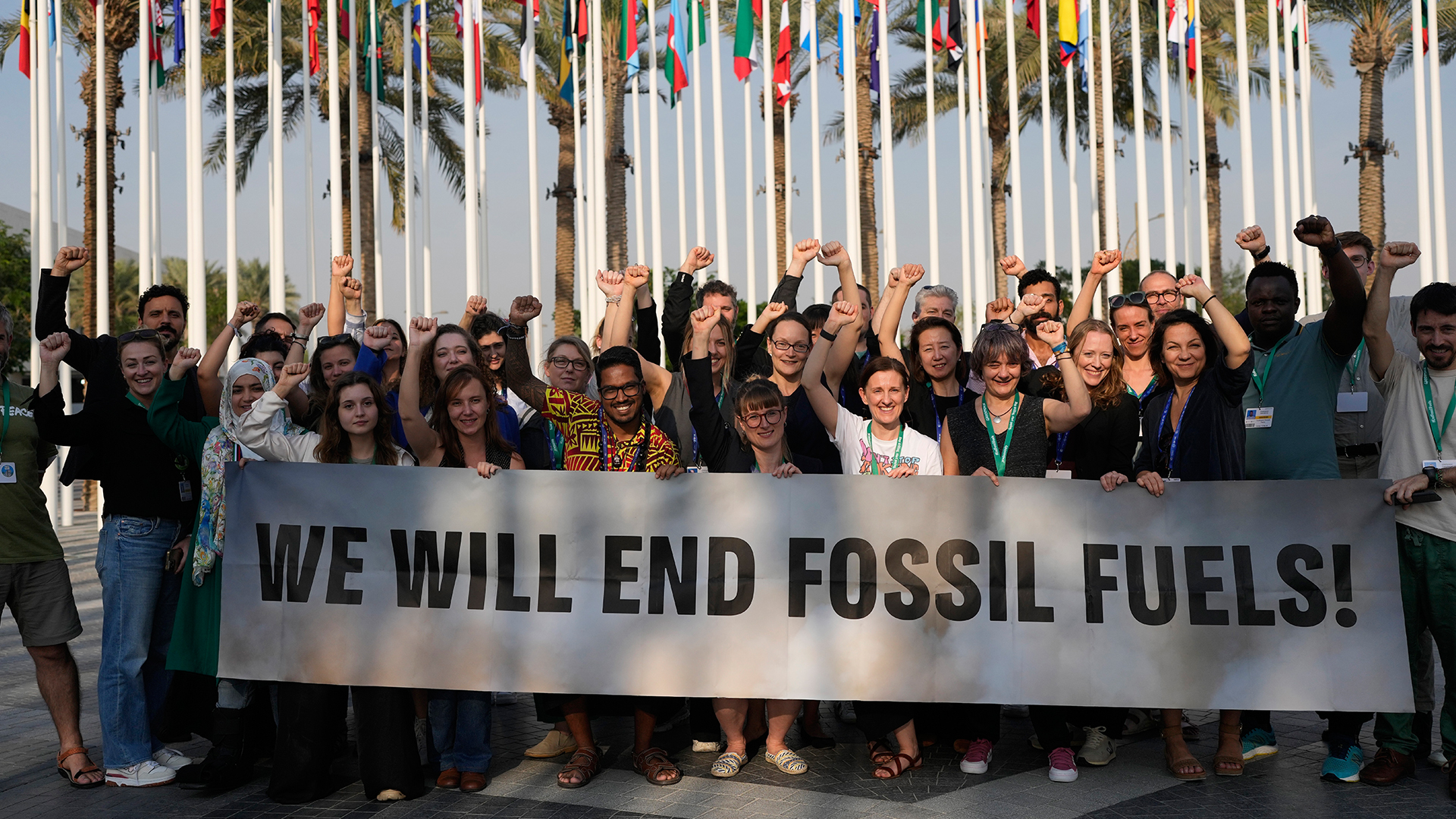
Climate change is now undeniably personal for most people in Canada. Throughout the country, rising global temperatures have been connected to record-breaking heat, sparking worse and earlier-than-ever wildfires, alongside unprecedented flooding, storm surges, melting sea ice in the North and more. Public pressure is on the federal government to act. But how? One critical task will be to correct deeply flawed emissions projections and instead map Canada’s net-zero emissions future.
Drawing out what a net-zero future looks like in Canada is critically important for industry, investors, regulators, policy-makers and residents to confront the intensifying climate crisis and seize energy transition benefits. Yet right now, one of the most relied upon guides — produced annually by the Canada Energy Regulator (CER) — models a future in which low-carbon policies are essentially static. Worse, CER projects Canadian emissions will remain high for decades instead of falling to zero by mid-century, as required by Canadian law. That goal is also consistent with what scientists tell us needs to happen globally to limit global warming to 1.5 C, a goal Canada has embraced under the Paris Agreement.
The CER (and its predecessor, the National Energy Board) has only modelled scenarios that imply the Paris Agreement’s goals will not be met, where the world does too little to reduce its production and consumption of oil, gas and coal, and where Canada’s climate policies lack ambition and fail to achieve net-zero emissions by 2050. Put simply: there’s a big discrepancy between the future CER is modelling and a future we’d want to live in.
The CER is now lagging far behind international best practices as set out by the International Energy Agency (IEA). In May 2021, the IEA released its “Net Zero by 2050” report, charting a path for the global energy sector to be in line with meeting the Paris Agreement’s ambition of limiting global temperature rise to 1.5 C above pre-industrial levels. This comprehensive study of how to transition to a net-zero energy system by 2050 by an agency internationally renowned for its energy policy expertise sent shock waves through the global climate and energy worlds.
The IEA report describes global policies and actions needed along this pathway and the implications for global energy markets and future investments. It details the required expansion of renewable energy and the advantages of a cleaner, climate-compatible energy system. It shows huge and rapid declines in global consumption of coal, oil and gas and says no further exploration or expanded production of fossil fuels can be justified if the world is to meet the net-zero goal.
It also emphasizes that the path to net-zero emissions is narrow, and that policies and public and private sector investments need to quickly align with net-zero requirements. Canada’s CER must now follow this lead and centre a net-zero scenario in its analysis.
Yet, in its consultations this summer in the lead up to its “Energy Futures 2021” report, the CER is still modelling futures where the international community fails to heed the climate science and live up to Canada’s Paris Agreement commitments. Even its “evolving policies” scenario explores only a modest strengthening of climate policies and uptake of clean technologies, and fails to capture either Canada’s own policies – now including a new 2030 target and net zero by 2050 legislation – or the pace of change occurring in the world’s energy systems.
Why isn’t CER already modeling net zero scenarios? CER’s predecessor, the National Energy Board, historically was charged with ensuring safe operation of Canada’s oil and gas pipelines, but it did not question the safety of oil and gas for the global climate. As well, before climate policy ambitions ramped up internationally, existing policies might have been a reasonable baseline for demand.
Neither justification holds today.
Canada’s commitment to reach net zero by 2050 poses a grave challenge to the sector that accounts for the largest share of national emissions. At the same time, growing climate ambition in other countries, including a proliferation of zero-emission vehicle mandates, threatens global fossil fuel demand and thus Canada’s exports.
It’s urgently important for both Canada’s climate commitment and economy to get these models right.
The CER presents itself as the authoritative source of energy information. The “Energy Futures” series is routinely used by industry, investors and policy-makers to guide investment and spending decisions on fossil fuels. If the CER keeps getting this wrong, it’s helping lock in fossil fuel developments and, therefore, mounting climate impacts.
By proceeding this way, the CER is also heightening the risks of stranded assets – the investments that fossil fuel companies are already writing off because they can’t operate them at a profit – (a huge issue for private firms and financial institutions that support them) and of wasting public funds on oil and gas development. Without a reliable net-zero plan, communities, workers and investors will be caught off guard by rapid changes in energy markets as the world increasingly shuns fossil fuels and redoubles efforts to zero out emissions.
We joined more than 20 scientists, academics and energy-system modellers to urge Prime Minister Justin Trudeau to mandate that the CER model 2050 net-zero energy futures scenarios. This is essential to support Canada’s efforts to meet and exceed its climate targets, including net zero by 2050, and to reflect our responsibility under the Paris Agreement. This analysis would help align investment decisions with a climate-safe future, and provide industry, workers, regulators, policy-makers and people in Canada generally with the tools and context needed to plan this country’s energy transition.
It’s time for the CER to model a future aligned with Canada’s climate commitments, a livable future, and the dizzying pace of change in the world’s energy use.









